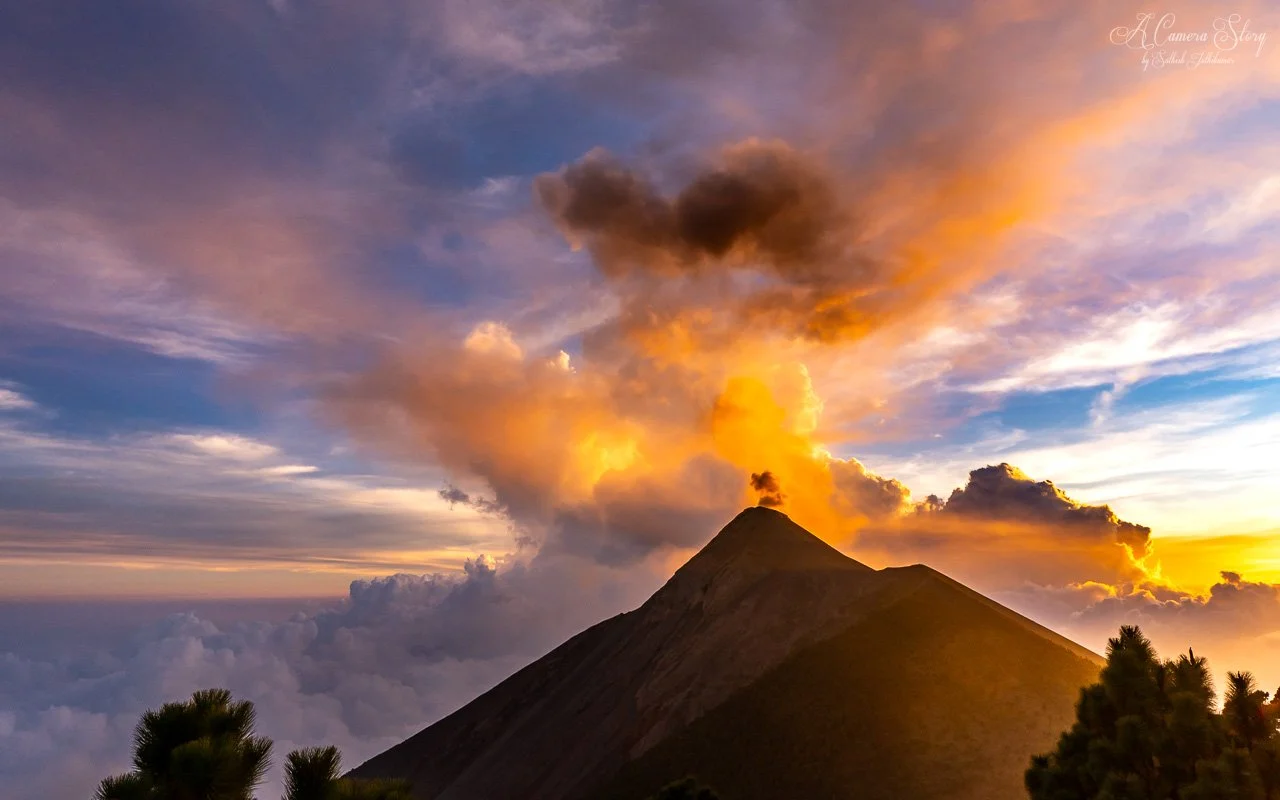Time is the one true constant—an invisible current that carries us forward, whether we’re ready or not. It’s the most honest measure of what we value: the hours we devote to work, the moments we share with loved ones, the days we steal away to travel and explore. Yet once spent, time is irretrievable. And as we age, its pace seems to quicken, propelling us ever faster toward the inevitable horizon.
In this digital age, one of the greatest thieves of time is doom-scrolling. I’ve succumbed to it more often than I’d like to admit—a habit I wrestle with, especially as the world around me slips by in fleeting seasons. The spring wildflowers I wandered among feel like they bloomed just yesterday, their colors still vivid in my memory. Summer hikes and backpacking adventures seem only moments ago. The joy of autumn’s fiery foliage still lingers. And tomorrow, surely, will be winter. The cycle spins faster now, each turn of the wheel a blur.
Sometimes I long to return—to the wide-eyed wonder of my teens, the boundless optimism of my twenties, the memory-rich tapestry of my thirties. But time doesn’t rewind. All I can do is move forward, carried by its current, hoping to make each moment count before it too becomes a memory.
Oregon
USA





























